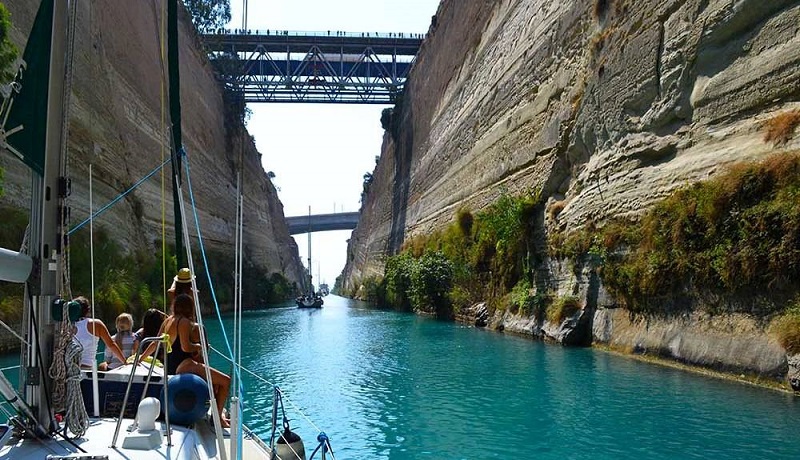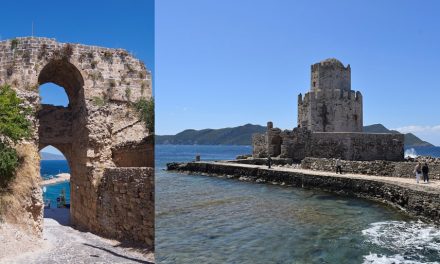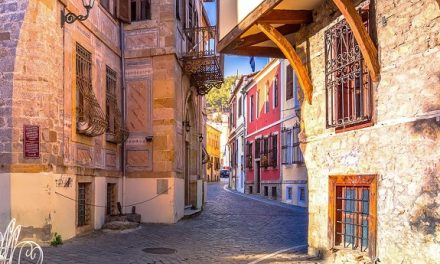The Corinth Canal, the iconic 19th-century engineering project separating the Peloponnese from the Greek mainland, reopened to shipping early this July after an 18month closure for repair works. The Canal is the shortest and safest sea route for vessels coming from Ionian, Adriatic and southern Italian ports, as well as for ships passing through the Strait of Messina and heading to ports in the eastern Mediterranean and the Black Sea, and vice versa. Travelling to Piraeus from Patras via the Canal takes a vessel 100 nautical miles, but with the Canal closed, a vessel is obliged to sail around the Peloponnese and cover 295 nautical miles.
An impressive Canal
The first phase of the restoration involved the cleaning of the canal and a slope relief work after large-scale landslides occurred in November 2020 and again in January and February 2021. The Canal reopened on July 4 and during the first week of operation, almost 400 vessels have transited the canal and nearly 7,000 transits are expected in October, according to the managing company Corinth Canal S.A.
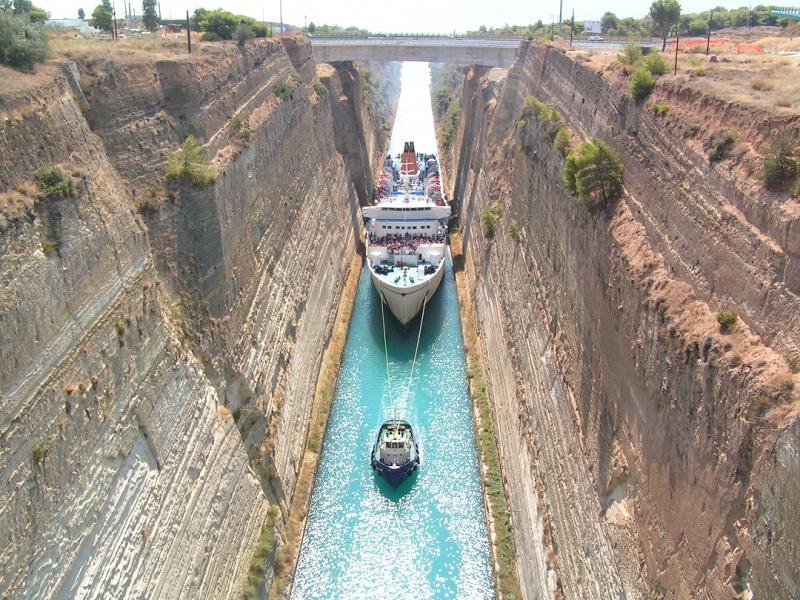
During a normal year, in 2019 for example, 11,417 vessels transited the Corinth Canal, with 55% of transits related to tourism, a fact that highlights the importance and potential of the project for the wider region following the repair works. The channel is used by all kinds of vessels, from small tourist craft to large merchant vessels, cruise ships and tankers. For cruise ships in particular, sailing through the canal is one of the great travel experiences.
The man-made Corinth Canal, that cuts through the narrow Isthmus of Corinth making the Peloponnese an island, is quite impressive when viewed from the air and really fascinating when crossed by vessel. The Canal is 6.4 Km in length while its width is 24.6 m. at sea level and 21.3 m. at the bottom level. Its depth range is from 7.5 to 8 meters. The rock walls, which rise 90 m. above sea level, are at a near-vertical 80° angle.
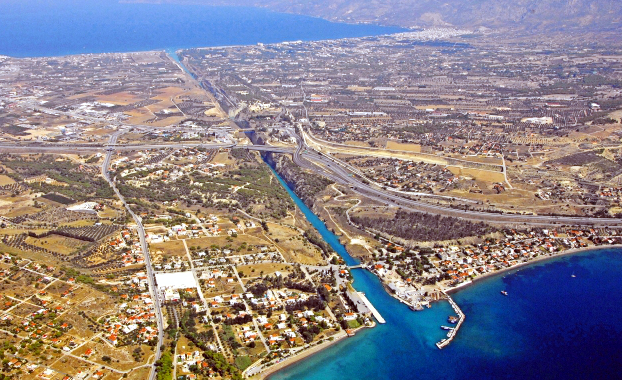
The history of the Canal
The tyrant of Corinth Periander, in 602 B.C., was the first to conceive the idea of connecting the Gulf of Corinth with the Saronic Gulf through a canal in the isthmus of Corinth with the aim to avoid the dangerous circumnavigation of the Peloponnese and to shorten the route. This project was abandoned mainly because of the enormous technical difficulties and Periander instead constructed a simpler and less costly overland portage road, named the Diolkos or stone carriageway, along which ships could be towed from one side of the isthmus to the other.
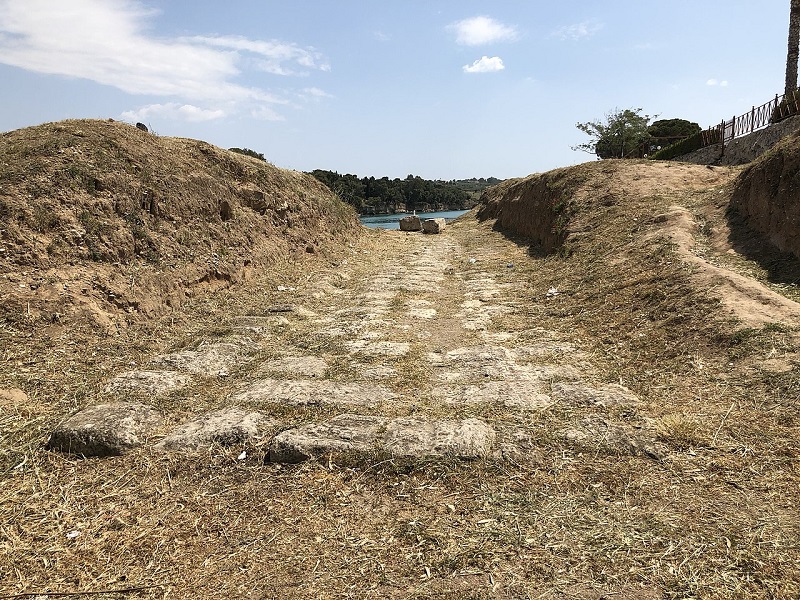
The Diolkos saved ships sailing from the Ionian Sea to the Aegean Sea a dangerous sea journey round the Peloponnese – [Photo:Davide Mauro, CC BY-SA 4.0, via Wikimedia Commons]
The concept of the Canal though intrigued a significant number of leaders, in the course of history, such as the Roman dictator Julius Caesar, Caligula the third Roman Emperor, or the emperor Nero, who was the first to attempt to construct the canal, personally breaking the ground with a pickaxe and removing the first basket-load of soil in 67 B.C. The Venetians also considered it in 1687 after their conquest of the Peloponnese, but they did not initiate a project.
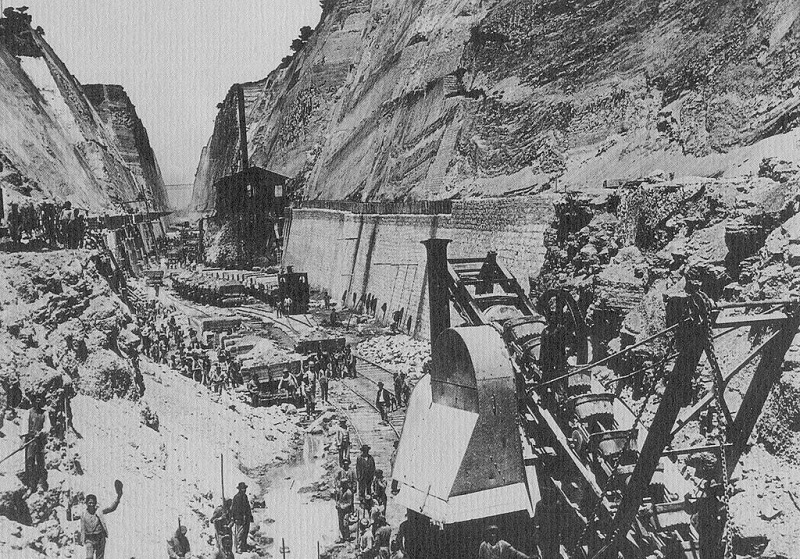
Canal construction (1882-1893) – [Photo: Public domain, via Wikimedia Commons]
The idea of a Canal was revived after Greece gained formal independence from the Ottoman Empire in 1830, but it was not until 1882, following the opening of the Suez Canal in 1869, that the construction of the Corinth Canal started. The construction of the Canal was one of the ambitious projects of the Greek Prime Minister Charilaos Trikoupis to modernize the country and its economy. The construction was completed on 25 July 1893 after 11 years’ work.
The Corinth Canal as tourist attraction
In autumn, when vessel transits are very limited, the Canal will shut down for a few months and the second phase of the project will start for completion of works to mitigate landslides and stabilize the banks. Upgrade projects also include fencing along the Canal and construction of a 3.5 km paved footpath, with the support of the local authorities. These projects can contribute to the development of the region, giving visitors safe access to the Canal that is already a tourist attraction, further enhancing the place as tourist destination. The modernization of the Canal infrastructure will include a new intuitive portal and advanced e-commerce services, more personalized services, online notifications (arrivals/transits), and online ticketing.
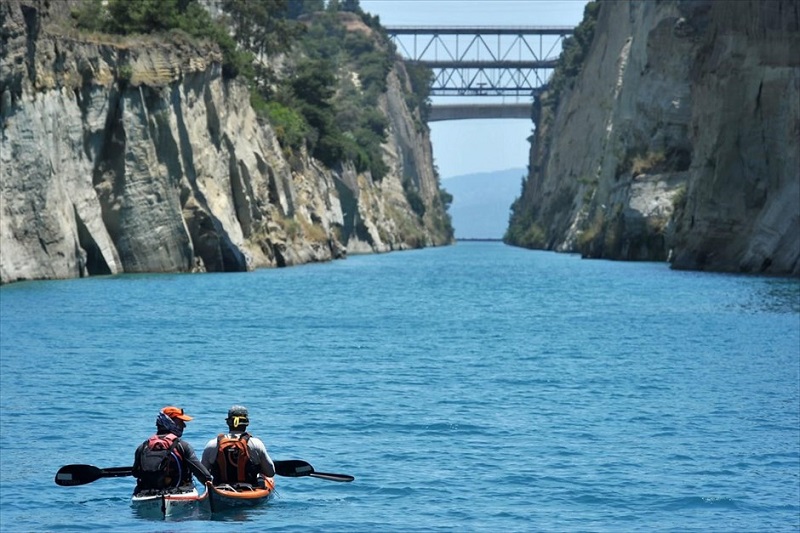
In combination with upgrade works in the wider area, Greece in 2024 will be boasting a modernized hub for maritime transport which will further support the local tourism industry, said in the press George Zouglis, General Manager of Corinth Canal S.A. The Corinth Canal is one of the flagship projects in Greece’s recent history. Along with the restoration plan, a modern development plan will be drafted, aiming to maximize the Canal’s role not only in the wider region’s development, but also in the country’s economy. The 32-million-euro restoration project is being carried out by the Ministry of Infrastructure and Transport and Hellenic Corporation of Assets and Participations S.A.
Photos: Corinth Canal S.A
IE
TAGS: ARCHEOLOGY | ARCHITECTURE | SHIPPING | TOURISM

